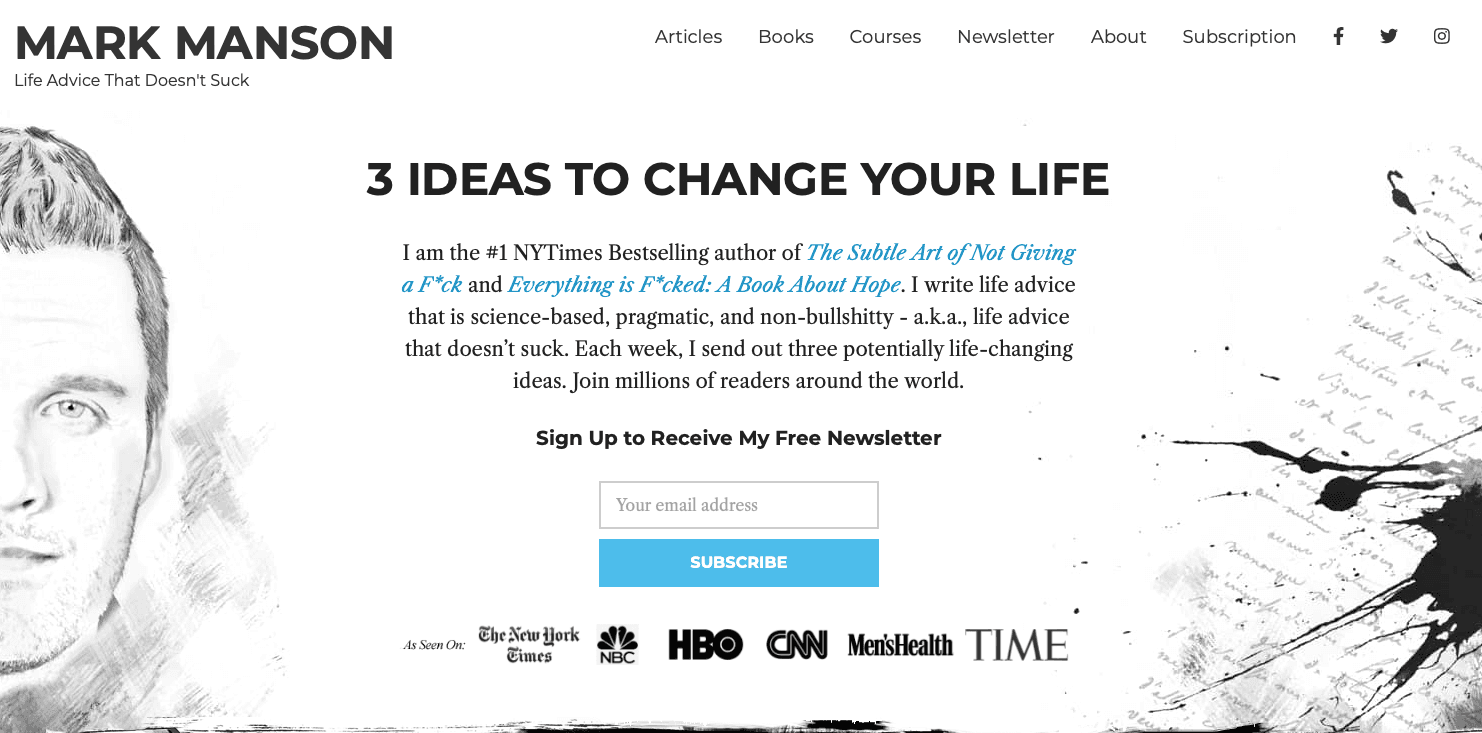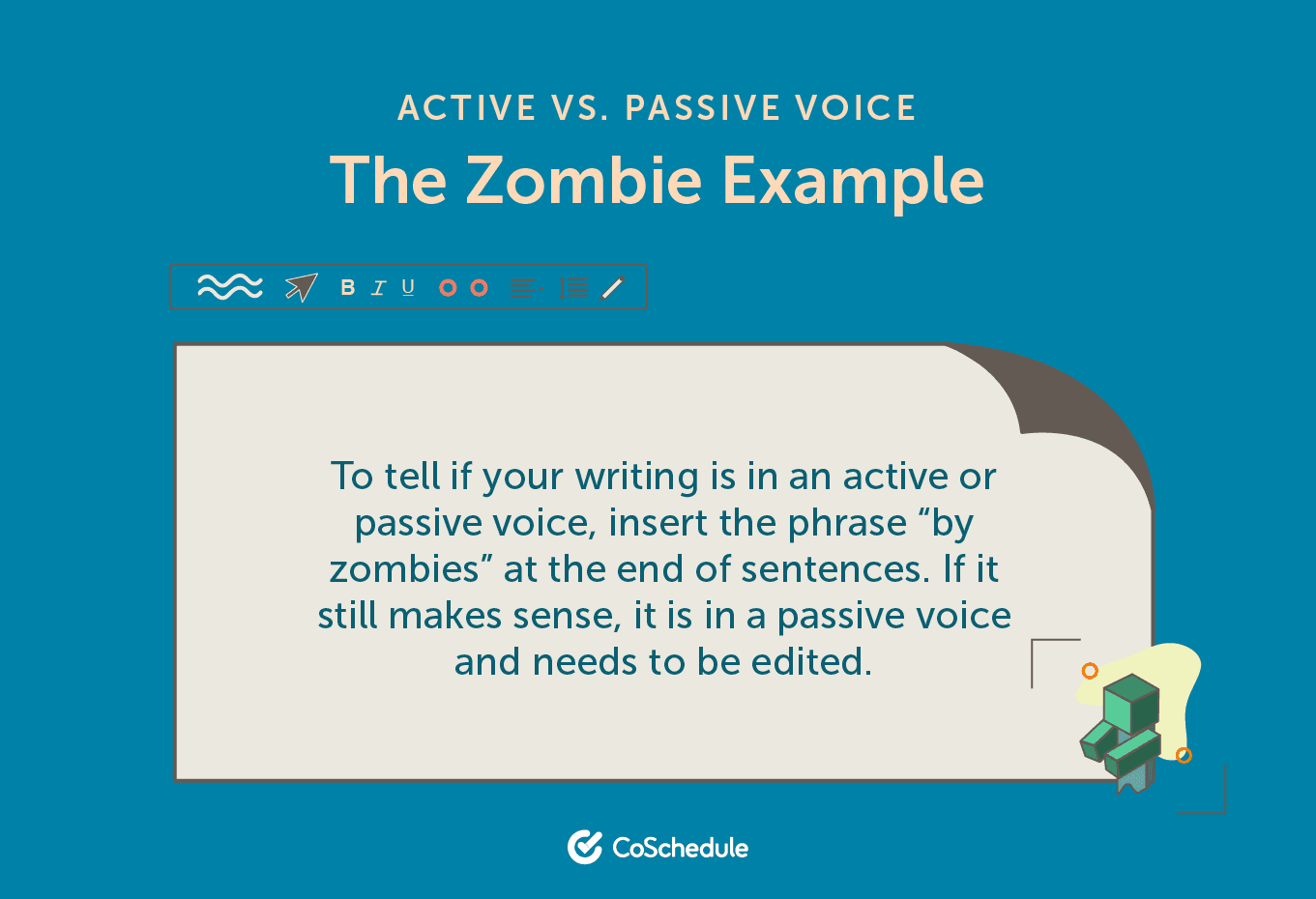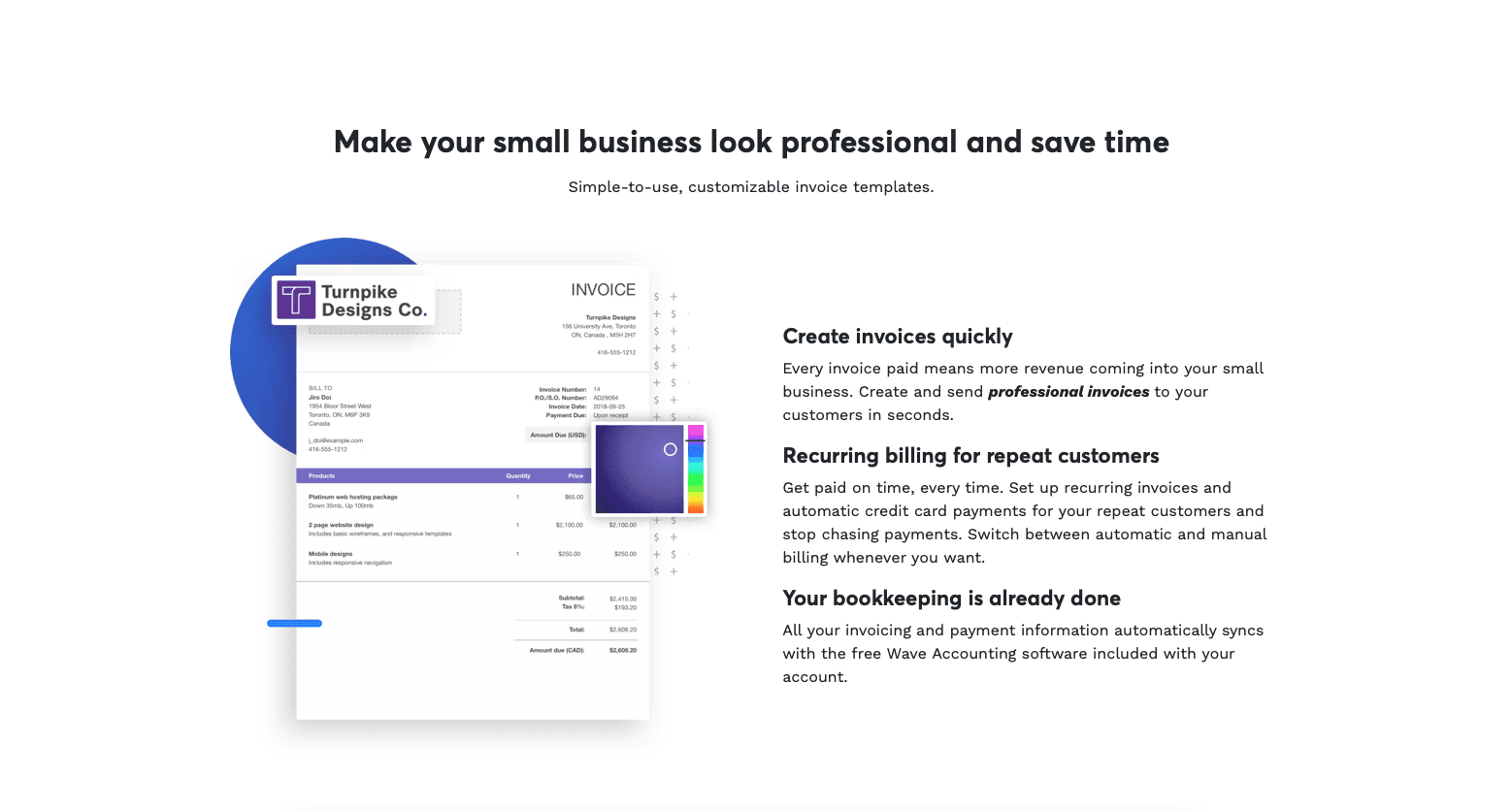The Complete Proofreading and Editing Checklist to Publish Amazing Copy Every Time
 When it comes to writing, completing your first draft is the easy part — it’s the editing process that can be difficult. And, sure, while there’s an increasing amount of AI-powered apps and software out there that are meant to specifically address this step in the writing process, these tools aren’t exactly perfect.
For one thing, while they might be excellent at spotting technical errors like misspelled words or wrong subject-verb agreement, they may run the risk of making your writing look flat or lose its flavor.
Not to mention that spotting technical errors isn't enough to make your writing great. Especially when you’re writing for your overall content strategy, there’s more than just the technical aspects of copy you need to consider.
So does that mean you need to completely ditch those proofreading and copyediting tools? Not exactly. We just want to point out that they’re not always the complete solution to ensuring great content.
And we’re here to help. Next time you’re trying to streamline your content editing process, have this handy proofreading and editing checklist with you, so you can publish remarkable content every single time.
When it comes to writing, completing your first draft is the easy part — it’s the editing process that can be difficult. And, sure, while there’s an increasing amount of AI-powered apps and software out there that are meant to specifically address this step in the writing process, these tools aren’t exactly perfect.
For one thing, while they might be excellent at spotting technical errors like misspelled words or wrong subject-verb agreement, they may run the risk of making your writing look flat or lose its flavor.
Not to mention that spotting technical errors isn't enough to make your writing great. Especially when you’re writing for your overall content strategy, there’s more than just the technical aspects of copy you need to consider.
So does that mean you need to completely ditch those proofreading and copyediting tools? Not exactly. We just want to point out that they’re not always the complete solution to ensuring great content.
And we’re here to help. Next time you’re trying to streamline your content editing process, have this handy proofreading and editing checklist with you, so you can publish remarkable content every single time.
The Handy Proofreading and Editing Checklist for Great Content Every Time
In this checklist, we’ll take you through everything you need to “check” off. It’s arranged step by step, so all you need to do is follow along.
The Handy Proofreading and Editing Checklist for Great Content Every Time
Click To TweetDownload Your Complete Editing and Proofreading Checklist
Would you prefer an editable version of the checklist outlined in the image above? If so, you're in luck. Download an Excel-based version of this checklist below, then learn how to put it to use:1. Article Topic
Let’s start by reviewing your article topic and what you might need to double check before hitting the Publish button. If you can clearly answer all these questions below, great! You can move on to the next step of this editing checklist.Alignment with Content Strategy
Does your finished content piece align with your overall marketing and content strategy? For instance, what purpose does this specific piece of content serve? Is your post meant to educate readers and establish you as a thought leader in your niche? Or is the post supposed to nurture your existing audience and let them get to know how your product or service works?Matches the Interest of Their Buyer Persona
Does your post actually align with the interests of your customers based on your buyer persona? What pain points does it answer? Pro-tip: pay attention to any interaction you may have with customers and see if that’s an opportunity to turn these things into helpful, targeted content. For instance, your website may have its own helpdesk, and you notice that customers are the same sending queries or questions. Wouldn’t that be a great opportunity to turn those posts into a helpful post to go on your knowledge base or help documentation? Customers are always telling you what they might want to see. It’s only a matter of keeping your eyes and ears open.Timeliness
Is your post keeping up with current trends, seasons, and events? Do customers have a need to see this piece of content at this moment? Are you using data that is up to date? Does your post include outdated strategies, tips, or concepts that ought to be removed?Stage of the Marketing Funnel
Do you know where this specific content piece fits into your marketing funnel? How does this specific post move your customer down the funnel?2. Structure and Format
Now that we have the intent and purpose of your post locked in, we can move on to the more technical aspects of your content, including the structure and formatting. Be sure you’re able to clearly answer these questions before moving on to the next item on our editing checklist.Flow of the Content
Does your content make sense from beginning to end? How do you introduce a topic? How do you go from one topic to another in a longer post? Do you organize your thoughts well? How is the logic of the post when taken as a whole? Is the entire post comprehensive enough to be helpful to your reader?Heading Hierarchy
Are you using the proper headings to organize your content? Are sub-topics to main headings organized in their own sections?White Space
Do you keep your paragraphs up to 3-4 lines? Is there enough padding in between images and other media that appears in your post?3. Copywriting
After looking at your formatting and structure, let’s move into the technical aspects of your writing. Here’s our checklist while you edit your copy.Grammar and Spelling Errors
Here’s where your AI-powered grammar tools and software might come in. They can help you spot any errors in grammar and spelling that you can immediately correct.Free from Plagiarism
Is your post free from plagiarism? Check if you’ve cited your sources properly and made the right attribution to any third parties whose work you have borrowed from. As a general rule of thumb, any time you borrow an idea, concept, or definition from any other person, blog, or entity, make it a habit to cite them as a source. Make sure, too, that you’re not quoting so much from one source that most of the work is a hodgepodge of quotes and ideas from a single post.Reflects Brand’s Voice and Personality
Is your writing consistent with your brand’s voice and personality? If you’re writing a guest post for another blog, are you ensuring that your post matches the brand’s usual tone? It’s fine to have your own unique voice as an individual writer, but you’ll generally want to make sure that your post still appears to have one sound and feel for your readers. One notable example of a consistent brand voice is writer Mark Manson’s blog. He’s known to be irreverent, unfiltered, and even crass — and this appeals to his wide fan base of like minded people.
Balance Between Active and Passive Voice
There’s no hard and set rule to how much active and passive voice to use, though you may hear differently from other sources. Ultimately, the point of using a mix of active and passive voice is simply to add clarity to your content, as well as give readers a break from only one type of voice. You can tell if your content needs work in this area if it sounds awkward when you read it out loud. Too much passive voice in your content, from blogs to landing pages, can make it sound flat and even redundant. As an exercise in editing and proofreading, try reading your paragraphs out loud to see if you’ve got a healthy balance of active and passive voice.
Data Properly Interpreted/Analyzed
It never hurts to double check how you handle and present data, whether primary or secondary. Check your sources again just to make sure that you’re citing and analyzing any borrowed data accurately. And if you use synonyms or paraphrased these data points using your own words, check if this took away from the original meaning. Did a particular word make the whole analysis vague? If so, it’s much better to use the original source’s words and terms instead of risking it becoming confusing.Compelling Title and Introduction
Is your page headline compelling for readers to want to click and read through? Is it clear enough that readers know what to expect from their post without it being clickbaity? Did you use the right keyboards that customers use on search? When in doubt, use CoSchedule’s Headline Analyzer to see which headlines you ought to test that gets you the most clicks. Take note, too, that headlines and introductions should go hand in hand. Your headline will hook readers in, but your introduction can be the reason someone stays or bounces off your page. Does your introduction both affirm and manage their expectations? Do they understand the purpose of your post from the introduction alone?Meets Overall Goal of the Content
Did your content meet the purpose of your post (e.g. to educate, to convert customers)? Was it clear and concise in achieving your goals?4. Readability
Skimmable/Scannable
How readable is your page or post? Are you making sure that your posts and landing pages are skimmable with enough white space and the right formatting? Also, using text styles like bold or italics can help not only give readers’ eyes a break from your usual text, but they can also draw attention to important takeaways that are easily spotted while skimming quickly. Skimmability is also an important element to check when you’re editing your landing pages. Is your copy easy to skim? Can people understand what you’re all about and trying to sell in just a few seconds? On the landing page below for Wave Apps, the copy can easily be skimmed so anyone scrolling through can still get an idea of the benefits of the tool even if they don’t read every single thing. They make good use of highlighting important benefits in bold, and support these statements when customers want to learn more.
Free from Industry Jargon
Is your content understandable to your average consumer? Is it full of industry jargon that might make it confusing to read? Depending on your niche and your customer, you can get away with certain levels of industry jargon — but make sure you know what your customer knows and doesn’t know. It’s always safer to explain concepts and write copy that’s easily understood by the average consumer.Simple words
Are you using simple words that are easier to understand? Can you substitute highfalutin words with something simpler? When in doubt, ask yourself if a sixth grader would be able to understand your content and copy. While you probably can’t substitute common phrases and terms that are specific to your industry, 99% of your copy and content should still be easily understood even if the concept isn’t familiar to everyone.Short paragraphs
Lastly, are you using short paragraphs that are easy to read and skim when viewed from a device? Have you checked how your paragraphs appear on mobile or tablet? Is there enough white space between paragraphs and elements on the page? Can readers easily pick out important information where needed?5. Images
Your images do a lot to increase engagement, provide breaks between text, or illustrate points you’re trying to make in your post or landing page. Here are the questions you should ask when it’s time to double check those images.Quality of Images
Are you using high-quality images that look good when uploaded? Are they in the correct format (ideally JPEG or PNG)? If you’re borrowing images from other places, is the information presented reputable? Is the data timely and up to date?Functional
Do they serve a purpose for being in your post or page? (i.e. do they either support points shared within the article, illustrate concepts or examples, or give users a visual look of what you’re trying to convey?) Stay away from using too many — or even any — stock images if you can. If you can, create your own branded images, charts and graphs, or infographics.6. Reference Links
Creating quality content more often than not requires research and references to add credibility to your post. Be sure to include reference links in your editing checklist when proofreading your content.Credibility
Are the sources you use from credible, trustworthy authorities in your niche? Did you double check if the data is accurate?First-Hand Source
If you conducted first-hand interviews, surveys, and studies yourself, is the data presented accurately? Were you able to get first hand sources to cite or quote from?7. Attributions
Attributions are how you can responsibly give credit where credit is due. Make sure you practice your due diligence of attributing any statistics, images, studies, and quotes by linking back to these sources.Source Properly Cited
Are you making sure to cite your sources properly and link to them accordingly? Have you checked if you correctly spelled names, organizations, book titles, and the like of your sources?Includes Links Pointing to the Source
Are you linking to the right source (if you found another source from another publisher)? Do you link directly back to primary studies, whitepapers, and the like?8. Writing Style Guide
If your blog has a specific style guide that writers and editors must follow, double check to see if your posts fall into this. This style guide is the ultimate reference for things that will influence the writing, citations, punctuations and more that appear on your blog. For example, many blogs state that they use the Oxford comma. Some blogs prefer using sentence case in headings, while others prefer title case. If you’re using notable, established writing styles like APA or Oxford, check if your post draft fits these guidelines. You may open up your blog to guest contributors. Why not document this style guide so that potential guest bloggers know how to properly write and format their posts?9. SEO
In the age of writing for the web, you need to think about search. Be sure to include these SEO best practices in your editing checklist too.Proper Keyword Search
Have you done the right keyword research for your post or page? Are enough people searching for this keyword phrase? Have you checked for secondary keywords to support your main keyword phrase?Observes On-Page SEO Best Practices
Do you mention your keywords a few times within the article? Is there enough context around your keyword phrase for search engines to pick up and learn what your post is about? Did you make sure not to use “keyword stuffing” in your article or page?Balance of Internal and External Links
Do you have a mix of internal links and external links that you link to within your post? Are each of these links contextual and fit into your topic?Alt Tags
Are you optimizing your alt tags in images and media? Do you make sure to include your keyword phrase in your alt tags, where relevant?Meta Data
Did you write an SEO-friendly meta description for your post? Do you have an SEO-friendly title?Be sure to include these SEO best practices in your editing checklist.
Click To Tweet

